In October 2017, Prince Aly Aga Khan visited the north of Pakistan to learn more about the effects of natural disasters. During his seven day trip to the region, Prince Aly met with numerous families whose quality of life has been enhanced by the Network. This film, written, directed and voiced by Prince Aly, is his personal account of his discussions with the communities in the region and how the Aga Khan Development Network is partnering with them to find solutions to the problems caused by natural disasters.
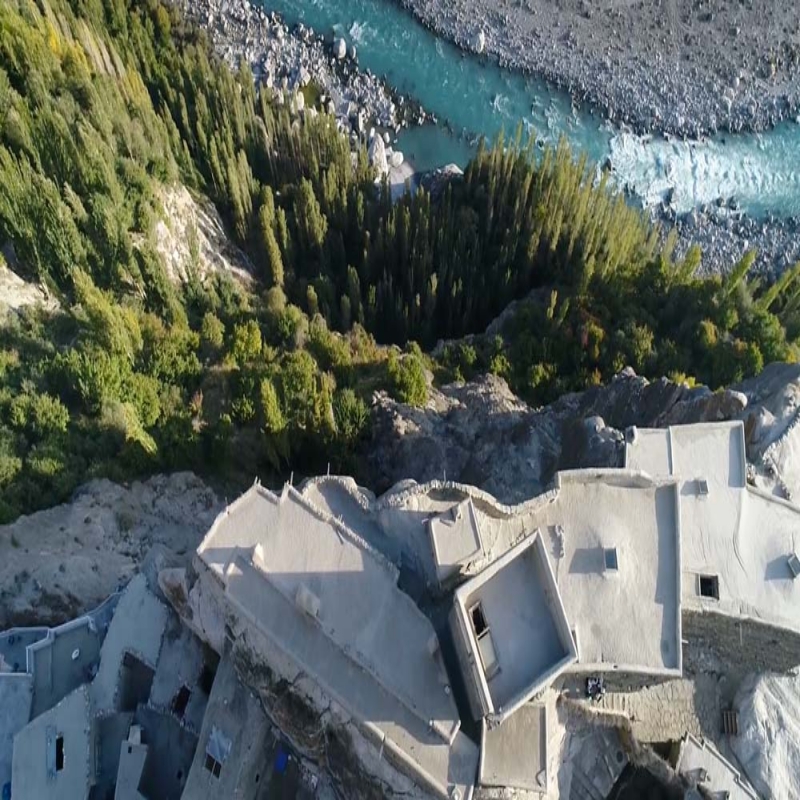
The Building and Construction Improvement Programme (BACIP) has designed over 70 energy-efficient and living condition improvement products such as these fuel-efficient, smoke-free stoves, which have been installed in various households…
Learn More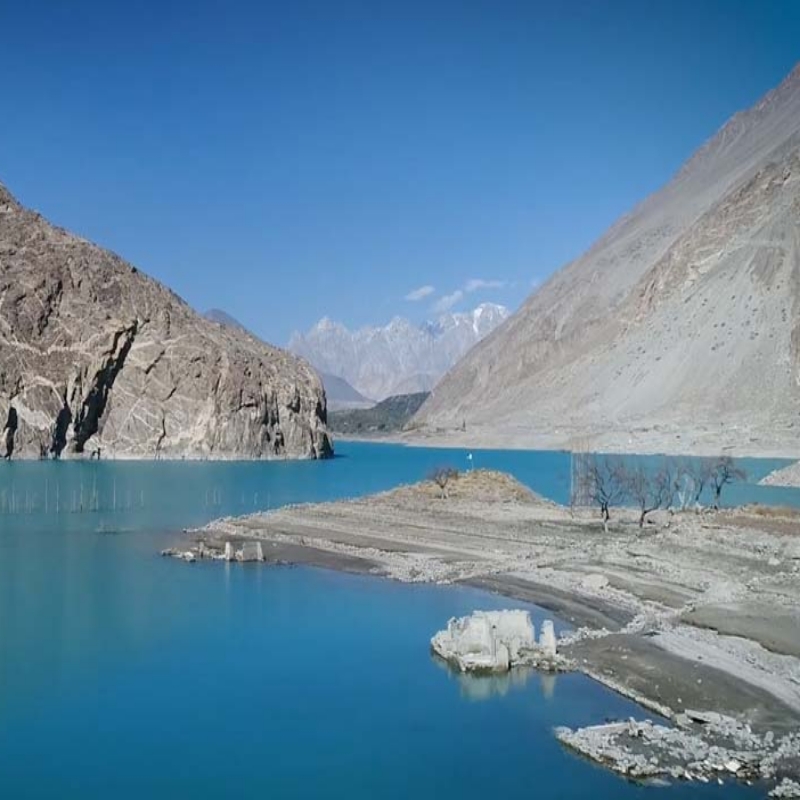
Focus Humanitarian Assistance (FOCUS), a programme of the Aga Khan Agency for Habitat (AKAH), engages in crisis response and the provision of emergency humanitarian relief to communities in need, predominantly in the developing…
Learn More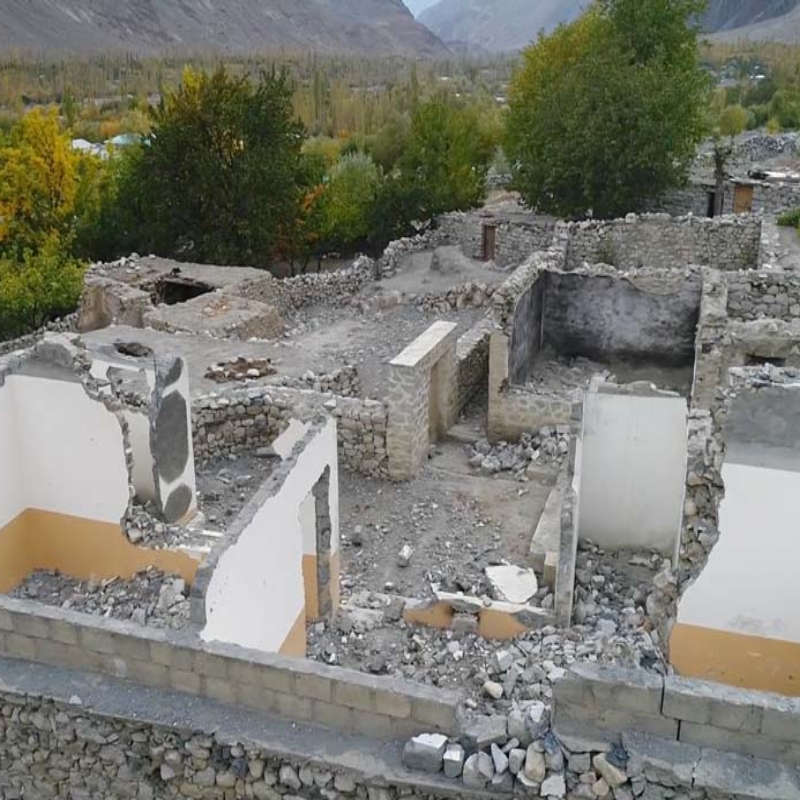
A significant area of the work of the Aga Khan Agency for Habitat (AKAH) concentrates on community-based disaster risk reduction (DRR) initiatives and emergency management when disasters do occur. Efforts to increase awareness…
Learn More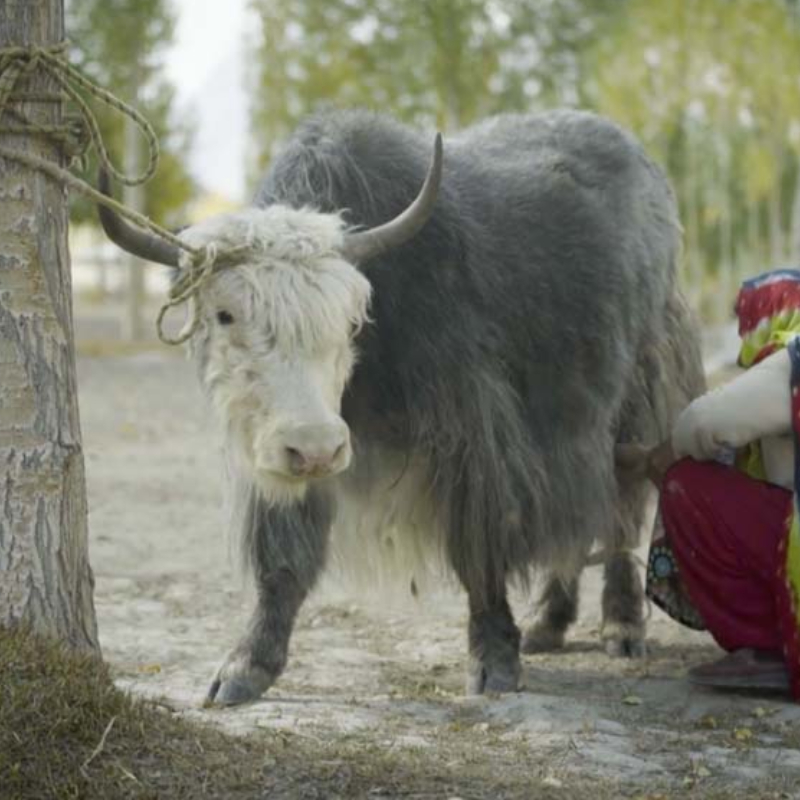
AKDN’s activities have stressed the importance of good environmental stewardship in the development agenda. His Highness the Aga Khan has said that you cannot have one without the other…
Learn More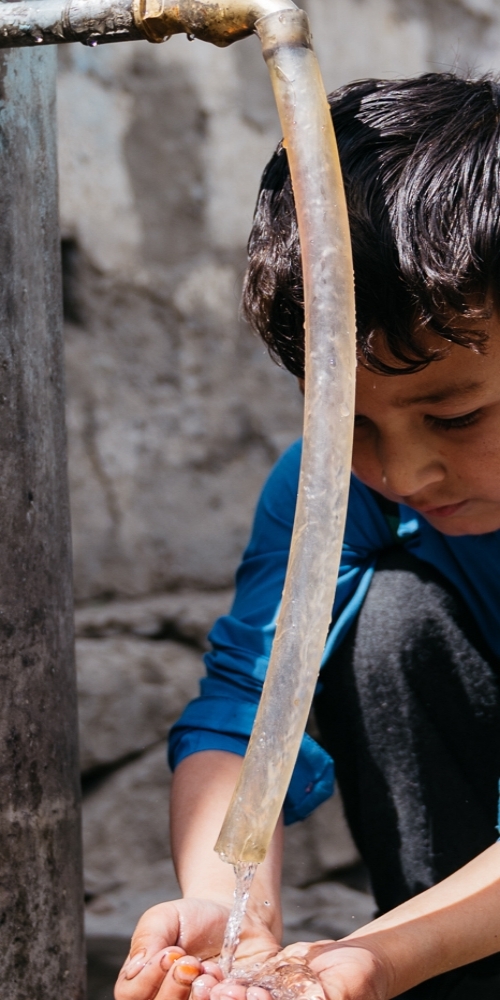
The Aga Khan Agency for Habitat operates a number of measures designed to improve water and sanitation. Its flagship programme, the Water and Sanitation Extension Programme (WASEP), was initiated in 1997 with the aims of providing...
Learn MoreKyrgyzstan
Access to Quality Education Film Series
Sed ut perspiciatis unde omnis iste natus error sit voluptatem accusantium doloremque laudantium, totam rem aperiam, eaque ipsa quae ab illo inventore veritatis et quasi architecto beatae vitae dicta sunt explicabo. Nemo enim ipsam voluptatem quia voluptas sit aspernatur aut odit aut fugit, sed quia consequuntur magni dolores eos qui ratione voluptatem sequi nesciunt. Sed ut perspiciatis unde omnis iste natus error sit voluptatem accusantium doloremque laudantium, totam rem aperiam, eaque ipsa quae ab illo inventore veritatis et quasi architecto beatae vitae dicta sunt explicabo.
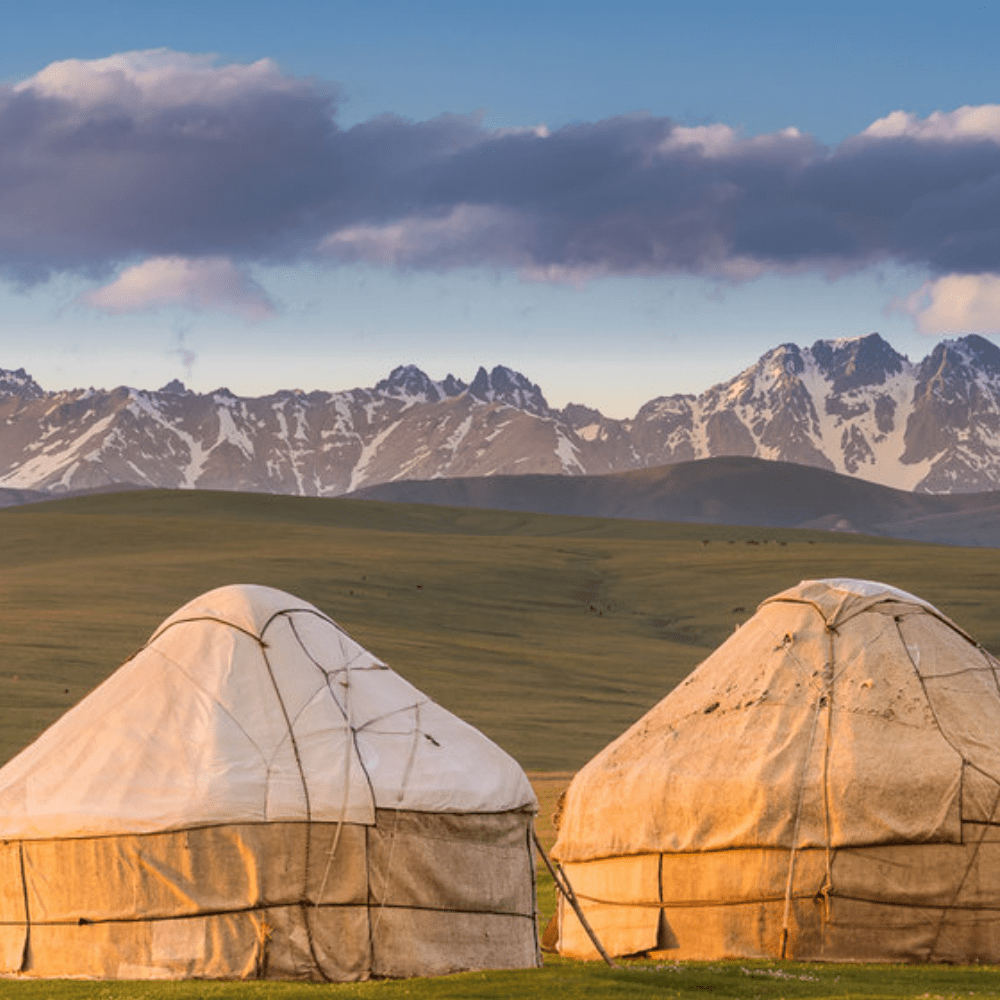
The Building and Construction Improvement Programme (BACIP) has designed over 70 energy-efficient and living condition improvement products such as these fuel-efficient, smoke-free stoves, which have been installed in various households...
Learn More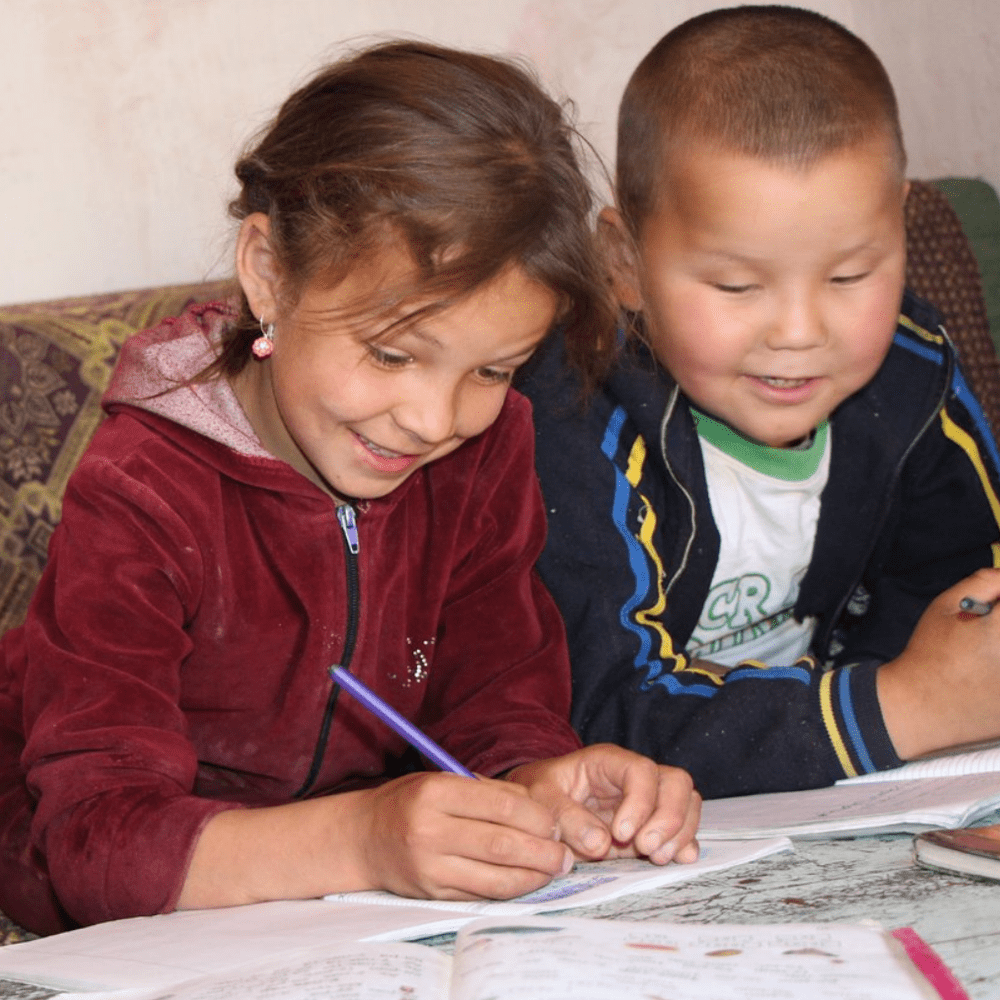
The Building and Construction Improvement Programme (BACIP) has designed over 70 energy-efficient and living condition improvement products such as these fuel-efficient, smoke-free stoves, which have been installed in various households...
Learn More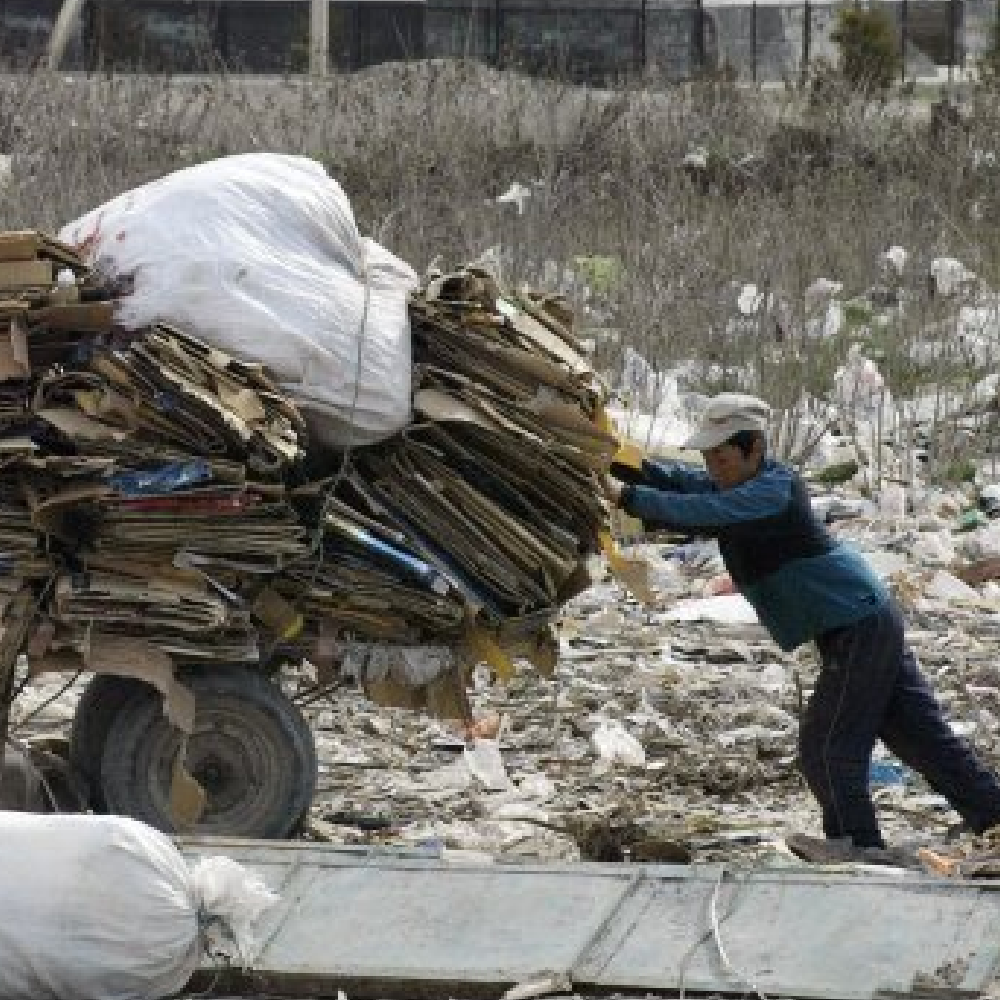
The Building and Construction Improvement Programme (BACIP) has designed over 70 energy-efficient and living condition improvement products such as these fuel-efficient, smoke-free stoves, which have been installed in various households...
Learn More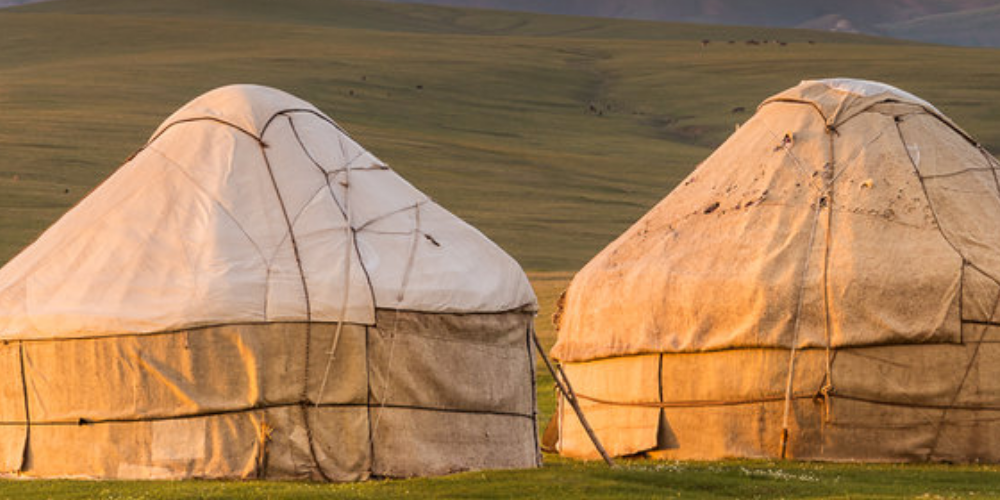
The Building and Construction Improvement Programme (BACIP) has designed over 70 energy-efficient and living condition improvement products such as these fuel-efficient, smoke-free stoves, which have been installed in various households...
Learn More
The Building and Construction Improvement Programme (BACIP) has designed over 70 energy-efficient and living condition improvement products such as these fuel-efficient, smoke-free stoves, which have been installed in various households...
Learn MoreAl-Khimyah, written and directed by Prince Aly Muhammad Aga Khan, explores the work of the Aga Khan Trust for Culture (AKTC) in the historic city of Cairo, Egypt.
The film shines a spotlight on the 30-hectare Al-Azhar Park — converted from a mound of rubble — and the stories of local residents of the adjacent Darb al-Ahmar neighbourhood. Since opening in 2005 after 20 years of careful excavation and design, Al-Azhar Park has provided much-needed leisure and recreational space to the inhabitants of the city, and is today often referred to as “Cairo’s green lung.”
Located in the heart of Egypt’s capital, the urban oasis has become a popular destination for both locals and tourists. Landscaping features include walkways, fountains, lawns, and gardens overlooking a lake in the traditional chahar bagh style. Hundreds of young men and women have found work in the park, in horticulture and park maintenance: The park features over 300 different plant species — many native to Egypt — grown in a special nursery, and an orchard provides shade from the sun.
The park has also proven to be a powerful catalyst for urban renewal, evolving beyond the green space itself to include the restoration of monuments and public spaces, and socioeconomic initiatives including housing rehabilitation, microfinance, crafts apprenticeships, and healthcare.
The film is Prince Aly’s account of a city whose foundations were laid over a thousand years ago, which has seen a 500-year-old rubbish dump rebuilt into a lush green oasis, and a poor inner-city district transformed into a thriving community.
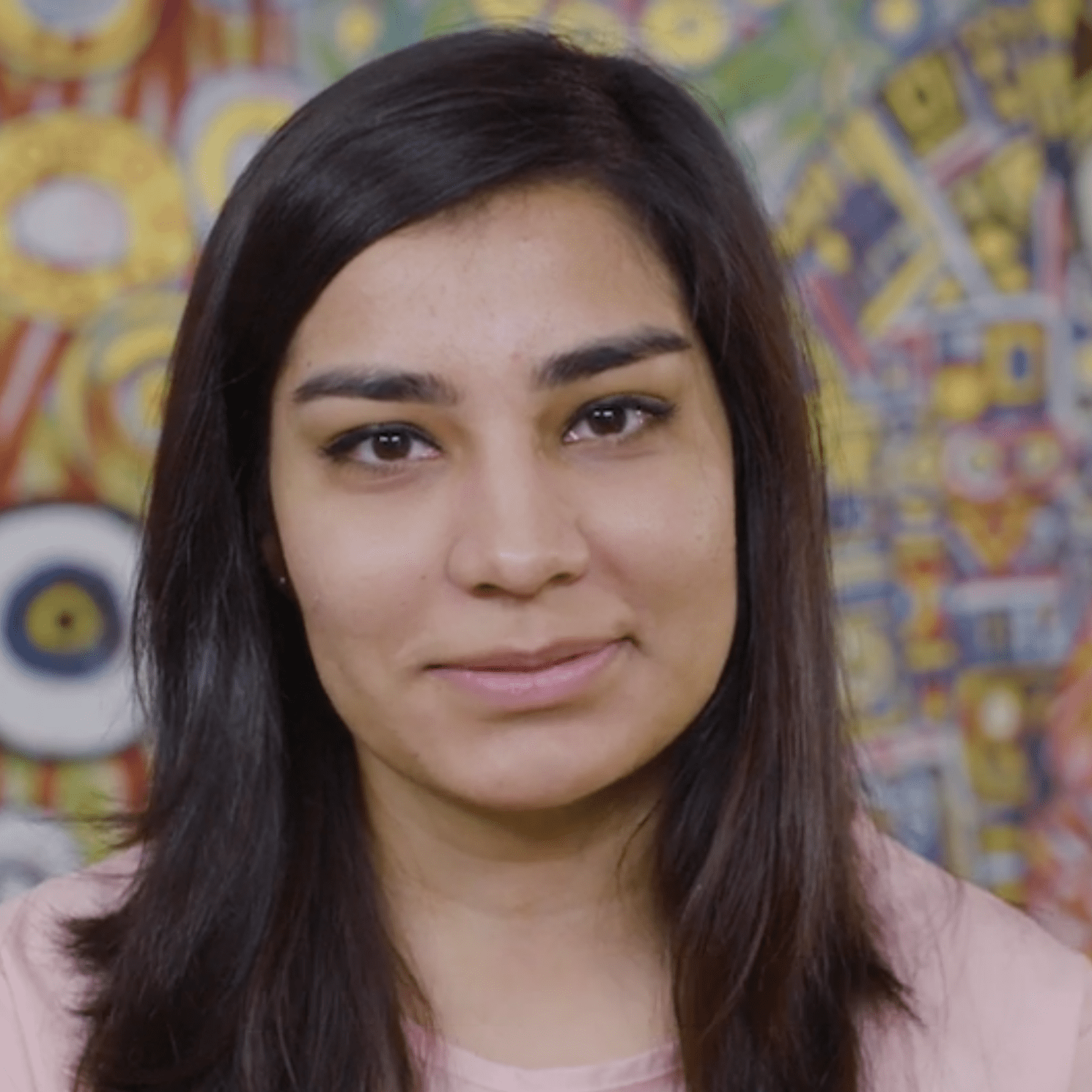




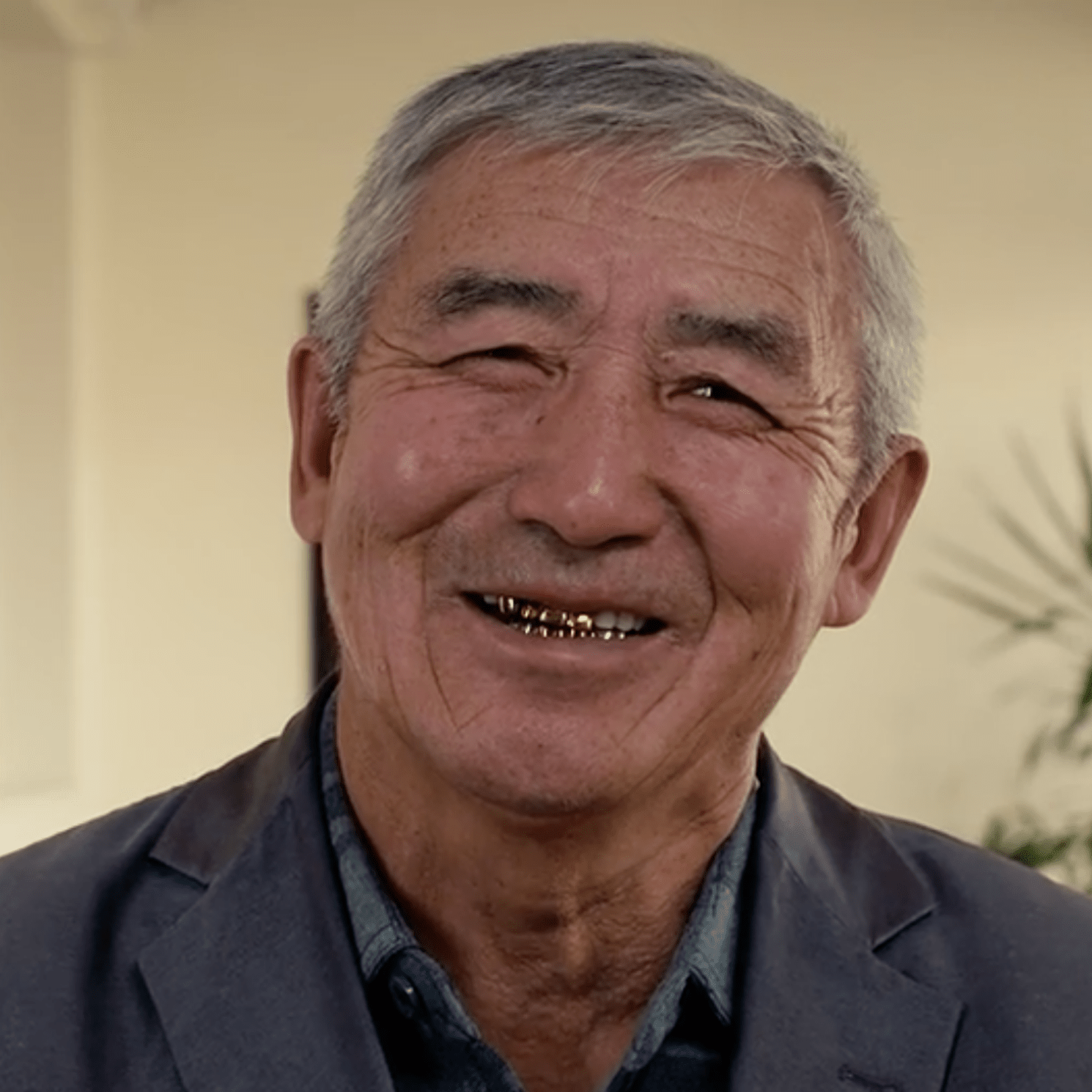
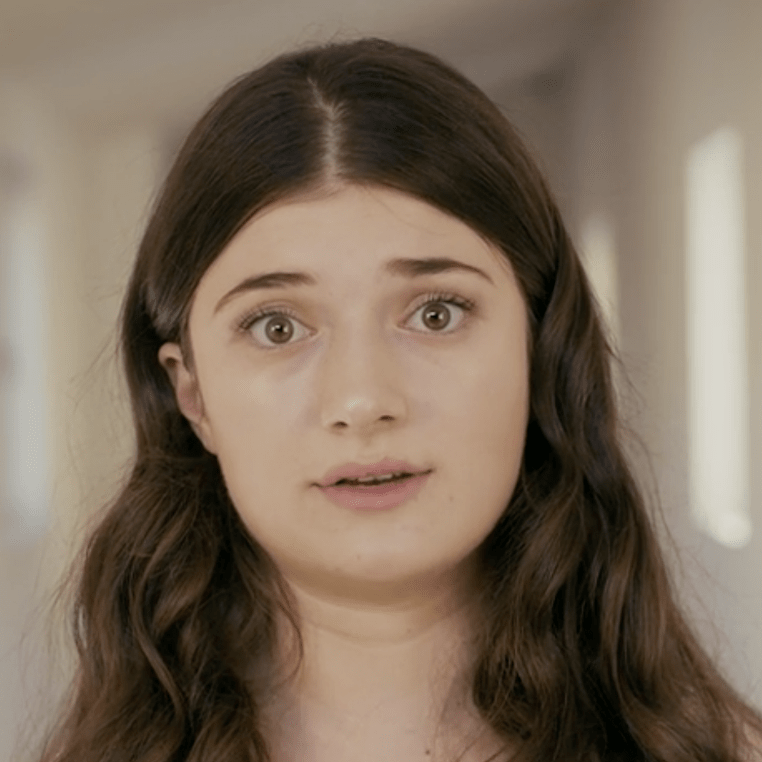

Share
Stay Informed